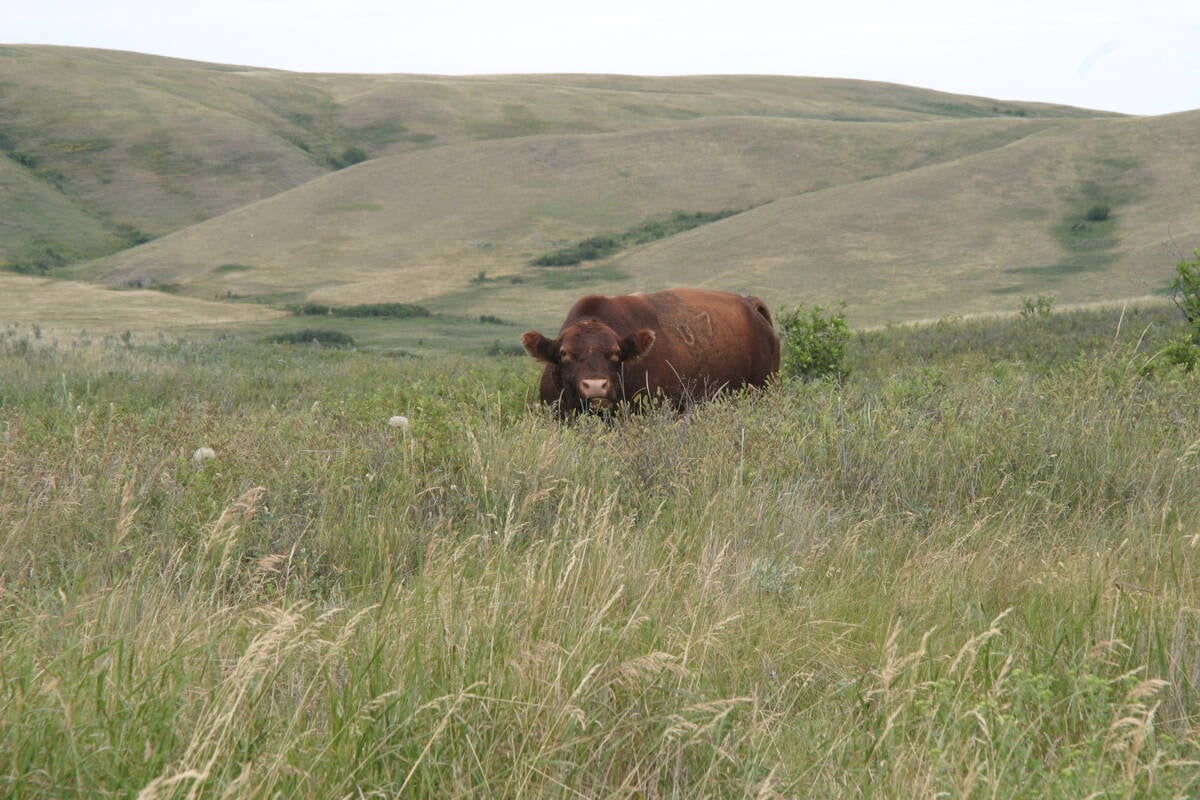An idea is percolating in the grain industry that would pay railways more to haul crops during the winter.
The Western Canadian Wheat Growers Association has written a letter to the federal agriculture and transport ministers recommending that the revenue cap formula be revised.
“What we’re proposing is to give the railways an incentive to add more shipping capacity when we need it the most,” said executive director Blair Rutter.
Farmers have financial and logistical incentives to move grain during the post-harvest shipping period from September to January, but railways don’t have a similar incentive.
Read Also

Saskatchewan puts crown land auction on hold
Auctions of Saskatchewan crown lease land are once again on hold.
The association is proposing tweaking the formula to provide the railways with more revenue if they consistently meet or exceed a baseline threshold of grain cars shipped during that period.
For instance, if a railway ships 5,500 cars per week for 15 weeks, the revenue cap could be adjusted up by one percent. If shipments were 10 percent above the threshold, the railway would get a two percent increase in the cap.
The thresholds and the incentives would have to be determined in government consultations with shippers, farmers and railways.
“It’s rewarding them for making sure the capacity provided matches the capacity demanded,” said Rutter.
“We have a situation in rail where you get all this demand and you’re met with a shrug.”
Richard Gray, a professor in the University of Saskatchewan’s bioresource policy, business and economics department, offered a similar proposal during his presentation at the university’s 2014 Grain Handling and Transportation Summit.
He said the railways are monopolies that can decide when they want to move grain, and they don’t like hauling crops during the cold and costly December-February period.
“There’s no reflection in the revenue cap of higher costs during the winter months,” he said.
“Pay the railways a bit more to move during those winter months. That’s what I would suggest.”
Gray proposed that every tonne moved during the winter could count as 1.1 tonnes towards the revenue cap, or something along those lines.
“Don’t change the whole revenue cap. That’s wasteful and won’t do any good,” he said.
However, tweaking the cap to reward the railways for winter movement might help the industry avoid situations like this year, where frustrated farmers can’t get paid for their grain or move it off the farm.
“It’s something that should be explored because the incentives right now are for the railways to avoid the high cost period of the year,” said Gray.
The WCWGA said it’s also time to review railway costs and revenues, which form the basis of the revenue cap. The last time that was done was in 1998.
Rutter thinks any changes to the revenue cap will happen during the upcoming review of the Canada Transportation Act. He expects there could be new legislation by the fall of 2015.

















